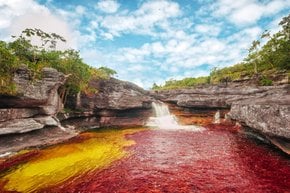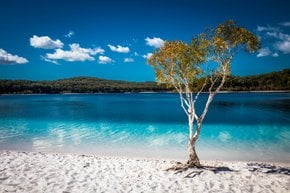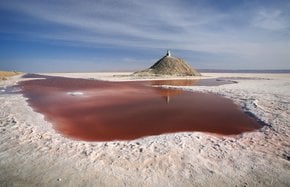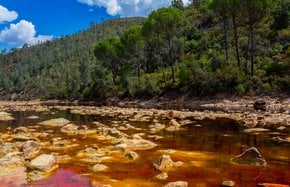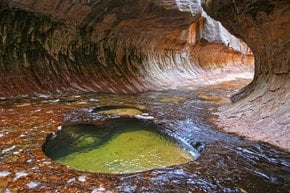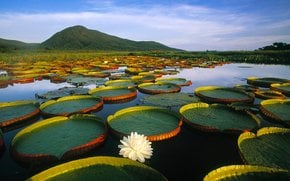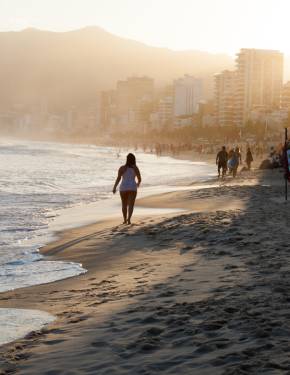Lençóis Maranhenses National Park in Brazil 2026
Some lone wanderers might eventually get lost in this deserted area stretching for 1500 square kilometres. Thankfully, turquoise lagoons scattered among sand dunes provide plenty of water to survive
Best time: February–August
Nothing but sand dunes dotted with lagoons—such landscape extends for over 1500 square kilometres. But these turquoise lagoons aren't observed here year-round, just during the rainy season, from February to August. Right, it rains in this particular desert. Moreover, the rainy season stretches over a half of year. That's why the area can't be called a typical desert. Thanks to the rock layers found beneath the sands, the rainwater is collected into turquoise lagoons which are scattered over the entire "desert".
Besides the plain scientific explanation, there is a piquant legend about a settlement of Caeté Indians. It's said, one fateful day the tribe woke up to find their town entirely covered in sand. By the way, nowadays there are a few people still residing within the national park. Their primary role is to protect the ecology of the natural site. To make a living in such fruitless environment, in the dry season they work in the neighbouring towns, but the wet season offers great opportunities for fishing.
In fact, water literally brings life to the deserted national park. Some fish get there from the neighbouring rivers through lagoon channels, whereas species like wolfish, or tigerfish burrow themselves in the mud when lagoons dry up and wait dormant until the next season. It's supposed that fish is attracted to lagoons with blooming water lilies and other vegetation that thrives in these waters. Along with prevailing turquoise lakes, you may also come across brown-stained water-basins, that dark colour is also produced by certain plants growing in lagoons.
You probably want to know whether these pretty lagoons are appropriate for swimming—30°C—that must be a dream for whoever dislikes diving into cool sea water. The largest lagoons are Lagoa Azul and Lagoa Bonita.
If you'd like to explore the desert, it's advisable to hire a guide, but also possible to do on your own—if you get lost, there is a plenty of fresh water to sustain you while you find your way out of the dunes.
The easiest way to get to Lençóis Maranhenses National Park is from the town of Barreirinhas, located next to the park. Mind that private vehicles aren't allowed to the park, except authorised jeeps.













